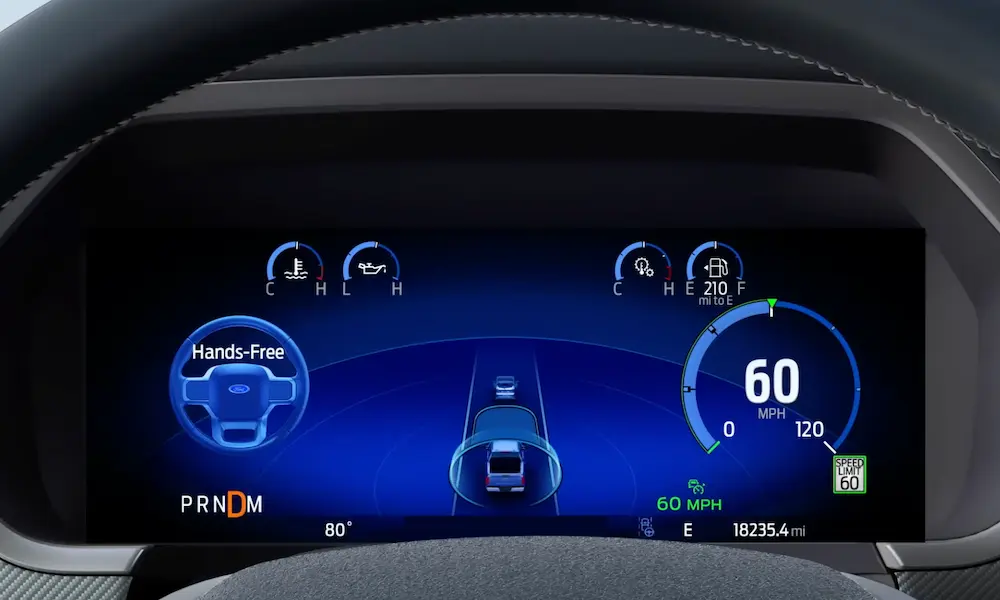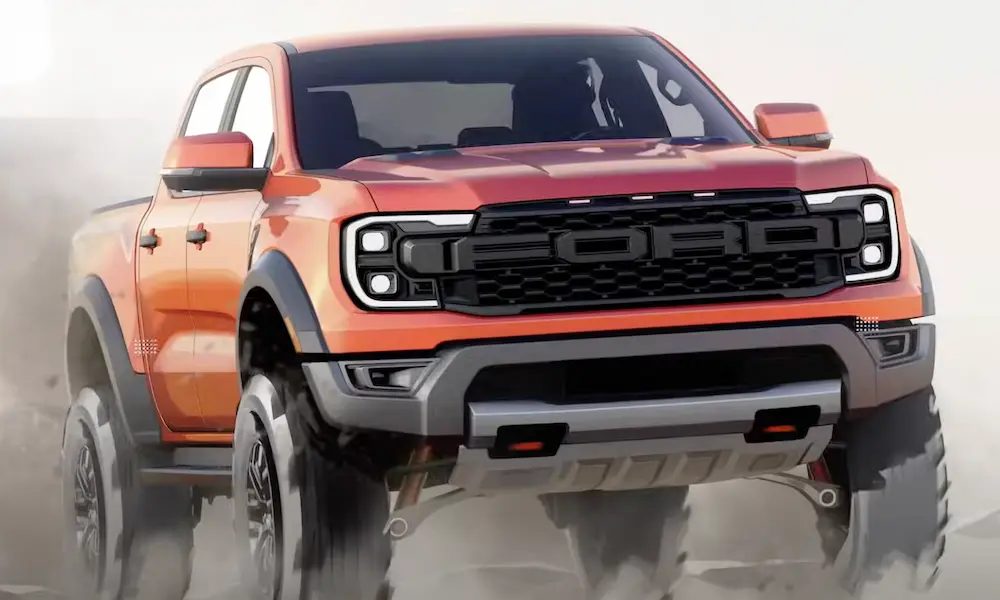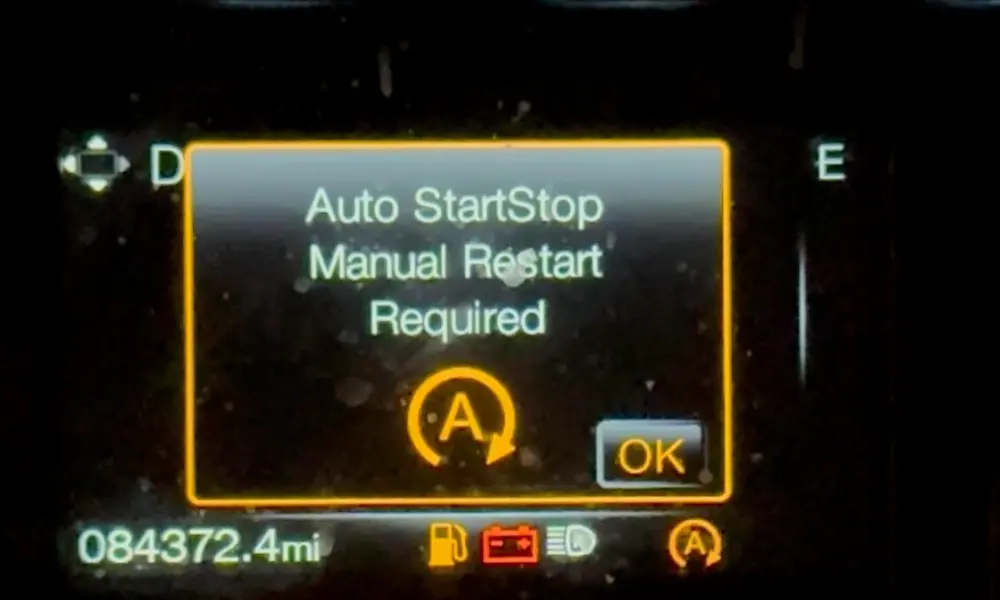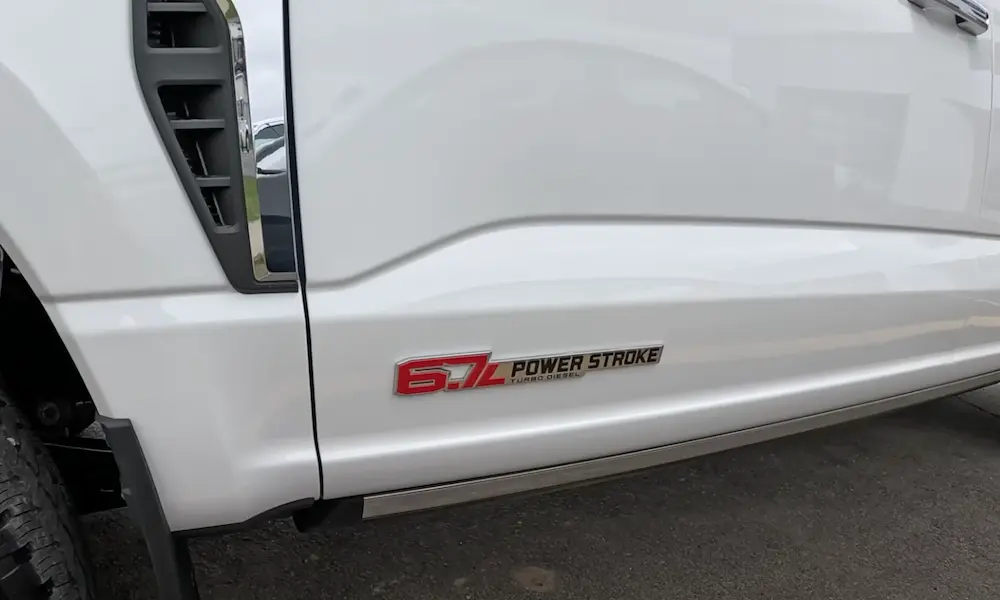You’ve invested in Ford’s powerful 5.0 Coyote engine, but now strange noises or performance issues have you worried. If you’re facing symptoms like rough idling, excessive oil consumption, or strange ticking sounds, you’re dealing with some of the most common Coyote engine problems.
The Coyote engine has powered Mustangs and F-150s since 2011, but each generation comes with its own set of challenges. Let’s dive into the specific issues that plague these powerplants and what you can do about them.
First-Generation Coyote Problems (2011-2014)
The earliest Coyote engines suffered from several significant issues that owners should be aware of.
Sunken Intake Valves
The most notorious problem with first-gen Coyotes involves the intake valves. These valves were manufactured with steel that was too soft, leading to a “tulip” deformation where the valve edges curl inward.
When this happens, you’ll notice:
- Rough idle
- Misfires
- Loss of power
- Failed leak-down tests (even when compression tests look decent)
A leak-down test is crucial for diagnosis since compression tests may show only moderate drops (3-6%). The repair isn’t cheap—expect to pay over $2,500 for machining both heads and replacing valves, or around $8,000 for a remanufactured engine from Ford.
This issue was so significant that many Ford technicians acknowledge it as a major design flaw in early models.
Timing Chain Tensioner Failures
Another common headache for 2011-2014 Coyote owners is premature timing chain tensioner wear. When these tensioners fail, they allow slack in the timing chain, creating a distinct rattling noise on startup.
Signs of tensioner failure include:
- Rattling noise from the front of the engine
- Check engine light with timing-related codes
- Rough running or stalling
If left unrepaired, the timing chain can jump teeth, potentially causing catastrophic piston-to-valve contact. Repairs typically cost $1,000-$1,200 due to the labor-intensive process of removing the front cover to replace timing components.
Ford addressed this by revising the tensioner design after 2014, making later models more reliable.
Second-Generation Issues (2015-2017)
The second-gen Coyote fixed many first-generation problems but introduced some new concerns.
Improved Valve Design
Ford addressed the valve issues by using harder steel in the second-generation engines. This significantly reduced the valve tulipping problems, making these engines more reliable overall.
Persistent Timing Chain Problems
While improved, some second-gen engines continued to experience timing chain tensioner issues, though at a much lower rate than first-gen models. Regular oil changes with quality synthetic oil can help prevent this problem.
Coolant Leaks and Head Gasket Failures
High-mileage second-generation Coyotes sometimes develop coolant leaks from:
- Porous cylinder heads
- Degraded head gaskets
- Water pump failures
Repairs range from relatively inexpensive ($150 for sealant treatments) to quite costly (up to $3,000 for complete head gasket replacement). The Coyote’s high 11:1 compression ratio puts significant stress on gaskets, particularly in high-performance applications.
Third-Generation Problems (2018-2020)
The third generation brought substantial updates but also introduced one significant problem.
Excessive Oil Consumption
Perhaps the most widespread issue for 2018-2020 Coyote engines is abnormal oil consumption. Many owners report burning through more than 1 quart of oil per 3,000 miles.
This problem is attributed to high intake vacuum during deceleration fuel shut-off (DFSO) events, which pulls oil into the combustion chambers. The flawed piston ring design is the primary culprit.
Ford issued Technical Service Bulletin (TSB) 19-2365 acknowledging the issue but rarely offered comprehensive repairs beyond occasional ring replacements. This led to a class-action lawsuit in 2023 alleging that Ford concealed the problem.
For affected owners:
- Check oil levels every 1,000 miles
- Consider using 5W-50 synthetic oil to reduce consumption
- Ask your dealer about PCM recalibrations that can reduce DFSO events
Direct Injection Carbon Buildup
The third-gen engines added direct injection alongside port injection. While this improved power and efficiency, it created carbon buildup issues on intake valves over time.
Symptoms include:
- Rough idle
- Power loss
- Hesitation during acceleration
- Poor fuel economy
Professional walnut blasting is the most effective solution, typically costing $300-$600 at a specialized shop.
Common Problems Across All Generations
Several issues affect Coyote engines regardless of generation.
Dirty Mass Airflow (MAF) Sensors
Carbon buildup on MAF sensors causes:
- Rough idling
- Power loss
- Poor throttle response
- Check engine lights
This is typically caused by oil vapors from the PCV system. Cleaning or replacing the sensor costs $300-$400, but installation of an oil catch can is recommended to prevent recurrence.
Oil Pump Gear Failures
High-RPM applications can sometimes cause the oil pump gears to fail, leading to immediate loss of oil pressure and potential engine damage. This is more common in modified vehicles or those regularly driven at high RPMs.
Upgrading to billet oil pump gears is a popular preventative measure for performance-oriented owners.
Mitigation and Reliability Improvements
Smart ownership practices can help maximize your Coyote engine’s reliability.
Maintenance Best Practices
| Maintenance Item | Interval | Benefit |
|---|---|---|
| Oil changes | 5,000 miles (conventional) or 7,500 miles (synthetic) | Prevents timing chain wear and reduces carbon buildup |
| Leak-down tests | Annually for first-gen engines | Early detection of valve issues |
| Catch can installation | Preventative | Reduces carbon buildup and MAF sensor contamination |
| PCM updates | When available | Addresses oil consumption in third-gen engines |
| Cooling system flush | Every 60,000 miles | Prevents coolant leakage and head gasket failure |
Best and Worst Years for the 5.0 Coyote
| Generation | Years | Recommendation | Common Issues |
|---|---|---|---|
| First | 2011-2014 | Avoid if possible | Valve failure, timing chains |
| Second | 2015-2017 | Good reliability | Minor coolant leaks, some timing chain issues |
| Third | 2018-2020 | Caution advised | Excessive oil consumption, carbon buildup |
| Fourth | 2021+ | Best reliability | Few issues reported so far |
The 2015-2017 and post-2021 models offer the best balance of performance and reliability, with the 2018-2020 models requiring careful monitoring of oil levels.
Long-Term Reliability Enhancements
Ford has continuously improved the Coyote design:
Fourth-Generation Improvements (2021+)
The latest Coyotes incorporate:
- Plasma-transferred wire arc (PTWA) cylinder coatings for better durability
- Refined dual fuel injection to reduce carbon buildup
- Updated piston rings to address oil consumption
These changes have significantly improved long-term reliability.
Aftermarket Solutions
For older Coyotes, several aftermarket fixes can improve reliability:
- Upgraded timing chain kits with billet tensioners
- Hardened valve replacements for first-gen engines
- Oil catch cans to reduce carbon buildup
- Upgraded oil coolers for high-performance applications
Warning Signs That Require Immediate Attention
Don’t ignore these symptoms that indicate serious Coyote engine problems:
- Ticking noise that increases with engine speed (possible valve train issue)
- Rattling on startup (timing chain tensioner failure)
- White smoke from exhaust (head gasket failure)
- Rapid oil consumption (piston ring issues)
- Loss of coolant with no visible leaks (internal leakage)
Any of these symptoms warrants immediate diagnostic attention to prevent catastrophic engine failure.
While the 5.0 Coyote remains one of the most impressive naturally aspirated V8 engines on the market, understanding its common problems can save you thousands in repair costs. Regular maintenance and prompt attention to warning signs will help ensure your Coyote-powered Ford delivers years of reliable performance.















